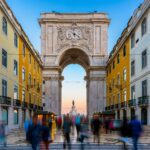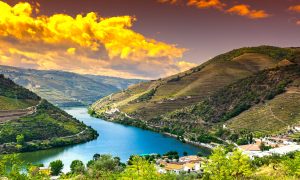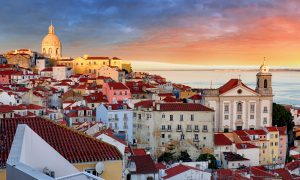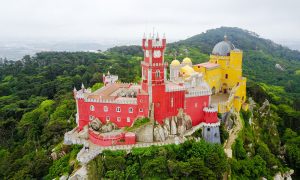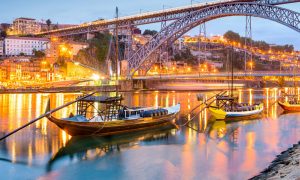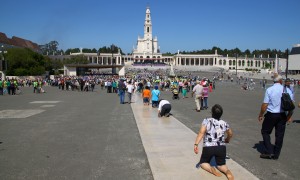The National Azulejo Museum showcases the improvement of azulejos, or artistic tiles, in Portugal through the hundreds of years. The radiant gathering is housed in the fifteenth-century Madre de Deus community.

For quite a long time, azulejos have been a most loved ornamental component in Lisbon, and samples can be discovered everywhere throughout the city. You’ll see tiles in temples, shops, houses and royal residences and even in the tram. The scenes on the tiles regularly reflect their area: houses of worship have azulejos with religious topics, restaurants may have tiles indicating poultry or pigs etc.
The historical backdrop of azulejos can be followed back to the Moors, who initially delivered tiles with geometric examples in the fourteenth century. They were initially foreign to Portugal from Spain, with Seville as the fundamental creation focus.
The tiles picked up fame in Portugal in the sixteenth century, when new strategies were foreign from Italy and industrial facilities were manufactured to deliver the azulejos provincially. Amid the seventeenth and eighteenth hundreds of years the scenes on the azulejos got to be more expand.
The fame of the azulejos declined in the nineteenth century yet it appreciated a rebound in the early twentieth century. The specialty of azulejo making exists until today and the gallery has various current tiles from the twentieth century.
The Azulejo Museum initially opened its entryways in 1965 as a bureau of the National Museum of Ancient Art. It turned into an autonomous and national historical center just in 1980. In a short timespan it gained an amazing accumulation of azulejos, generally from before the nineteenth century.
The tiles are shown in ordered request around a shelter, beginning with the most established tiles on the ground floor of the Madre de Deus religious circle. Azulejos in the group of the Madre de Deus cloister
The most established, fifteenth-century tiles show Moorish thought processes, while others demonstrate a mixture of subjects, from sentimental and fanciful to religious. Additionally famous were chasing scenes or basic brightening components, for example, vases and blossoms.
The most wonderful tiles were made in the sixteenth to eighteenth hundreds of years when immense boards were made with shocking craftsmanship and tender loving care. One of the biggest such boards is a sixteenth-century retable piece made of 1384 tiles. The gallery additionally has an extensive surrounding board, twenty-three meters in length (74 ft), Modern azulejo.
The Azulejo Museum additionally showcases the development of procedures that were utilized as a part of making the azulejos as the centuries progressed.
The setting of the exhibition hall, the wonderful previous religious community of Madre de Deus, is a fascination in itself. The community was established in 1509 by Dona Leonor de Viseu, widow of king John II. The cloister was inherent Manueline style (a neighborhood type of Late Gothic) however later incompletely restored in Renaissance style and beautified with Baroque components.
These Baroque components are most striking in the Madre de Deus church, which can be gotten to from inside the gallery. The congregation is especially rich in enrichments, and the numerous plated adornments structure a glaring difference with the blue azulejo tiles that enhance the lower piece of the dividers. The barrel-vaulted roof and the upper piece of the dividers are secured with substantial artistic creations.
The choir on the second floor has a similarly expound Baroque enrichment. On the same floor you discover a ghostly accumulation of relics including various skulls and crossbones.
A percentage of the first Manueline construction modeling can be appreciated as an afterthought veneer, where you can see an excellent gateway, and in the little secured house.

Gonzalo
Founder/Owner of The Lisbon Guide, one of the major blog references in Portugal, established in 2014 and receiving every year 250.000 visitors from all over the world, looking to provide the best experiences in Portugal. In partnership with Portugal Magik for all private tours and transfers across Portugal, Gonzalo loves a good seafood meal at Monte Mar Cascais, and all from Michelin Chef Avillez. Favorite Hotel in Lisbon/Portugal, Penha Longa Resort by Ritz Carlton.
For over 15 years, Gonzalo have been helping thousands of travelers yearly to plan a perfect trip to Portugal. Based in Lisbon/Cascais and working in this field for over 20 years, with multiple ongoing projects. Also an avid TripAdvisor user level 6 with more than 300.000 readers worldwide.
Many years working also as a Private Guide of Lisbon, Sintra, Fatima, Porto, Douro Valley, Evora, and other locations in Portugal.






